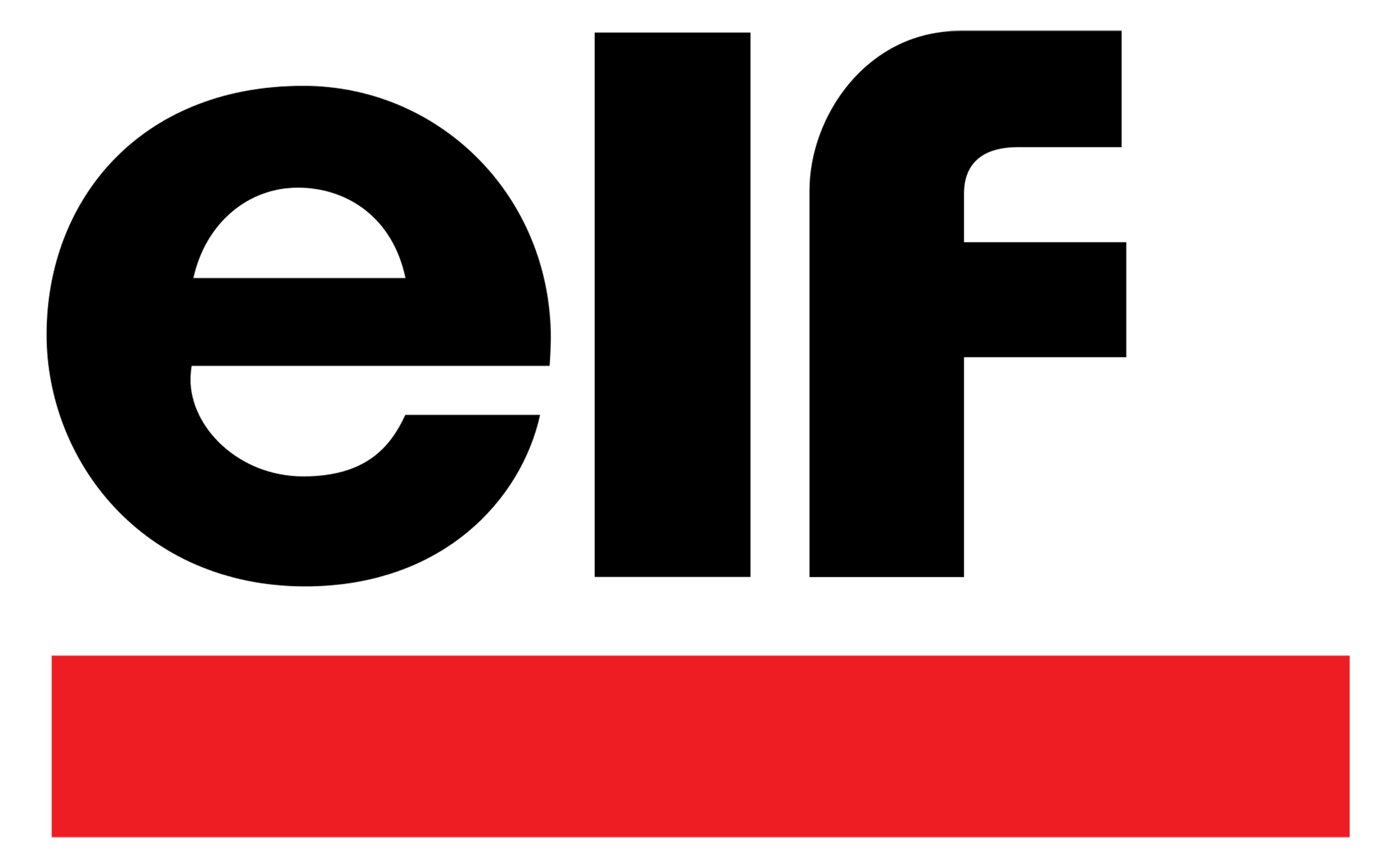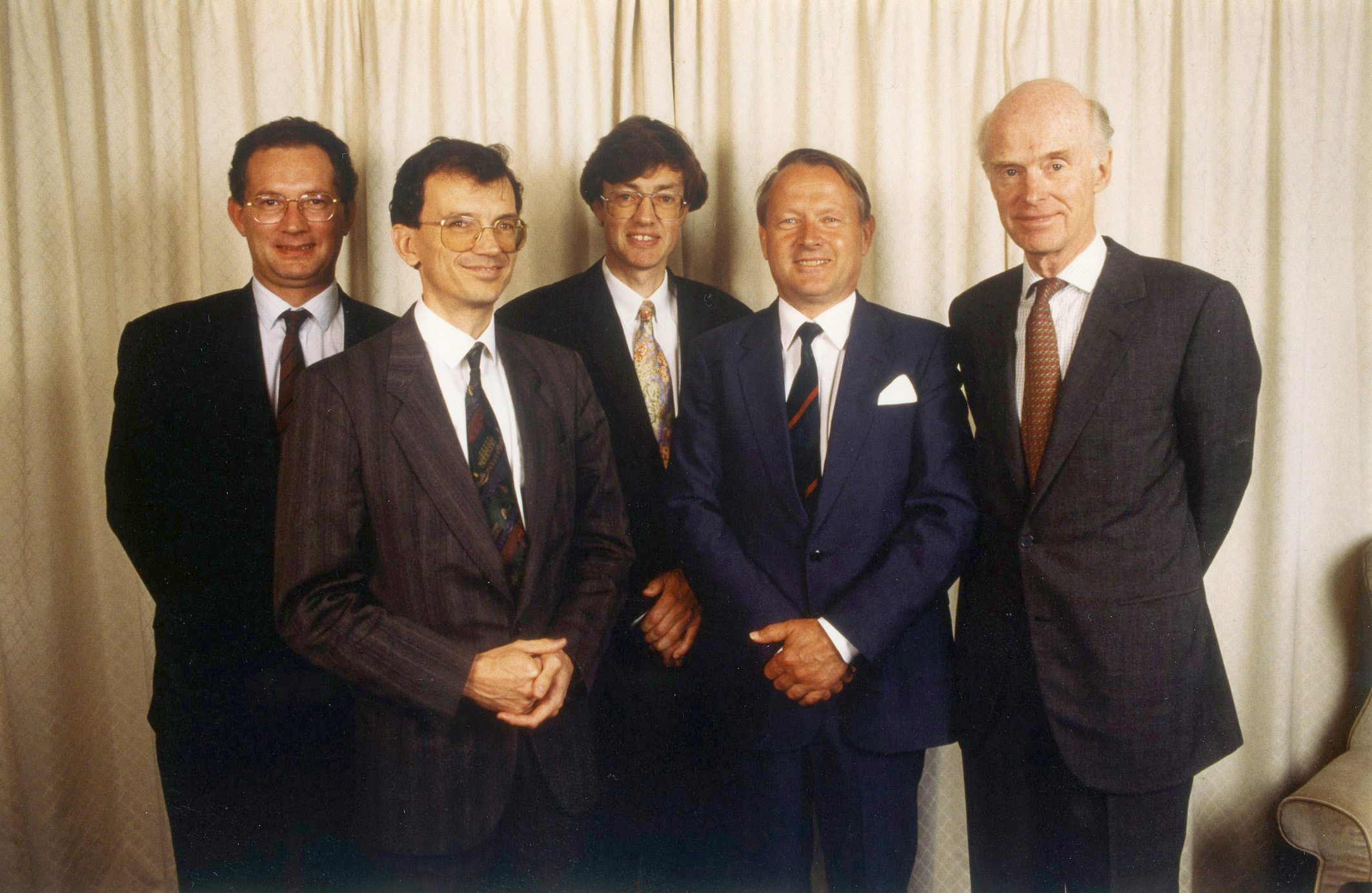Sale of Noco

Reasons for the sale
The owners wanted to continue developing the company, but ran into resistance from the government. In the late 1980s, Noco was preparing applications for blocks awarded to the AmocoNoco group in the first two licensing rounds of 1965 and 1969, and relinquished later under the licence terms.
But the government indicated that these requests would not succeed. It preferred big players – small private oil companies were not normal in Norway, unlike the UK, which had many of them – and primarily backed Statoil, Norsk Hydro and Saga Petroleum.[REMOVE]Fotnote: Olsen, Odd Einar, and Sejersted, Francis (eds), Oljevirksomheten som teknologiutviklingsprosjekt , 1997, 231.
This came as an unpleasant surprise to Noco, and the lack of opportunities to continue developing as an independent player represented a big drawback.
While other companies active on the Norwegian continental shelf (NCS) could depreciate their investments against costs on other fields, that was not possible for Noco.[REMOVE]Fotnote: Leif Dons in conversation with Kristin Øye Gjerde 22 January 2014.
This meant that the partners had to pay 78 per cent tax on any profit it made – hardly good business for owners either from shipping or with a different background.[REMOVE]Fotnote: Fridthjov Haavardsson’s notes, 2009, “The Norwegian Oil Consortium – NOCO”.
The Noco management had discussions around 1990 with the Ministry of Finance on a tax-neutral conversion to a limited company, but again failed to achieve the desired result. According to the ministry, this would only be possible if the partners paid substantial taxes.
So Noco’s reputation as a money machine in 1990 was not solely positive. A profit before depreciation of NOK 500 million on a turnover of NOK 750 million put Fred Olsen’s holding company in particular in a “tax squeeze”.
Other partners were in a somewhat different tax position because they had losses to offset against their liability. The Fred Olsen company was almost a victim of its own success.[REMOVE]Fotnote: Dagens Næringsliv , 13 November 1990, “Fred. Olsen vil selge skattepine”.
Something had to be done, and Olsen secured the agreement of the other partners at a board meeting in August 1990 to seek a possible sale of Noco.
Other considerations also helped to strengthen this decision. Det Norske Oljesekskap had put out feelers on a coordination of the two companies, which stimulated interest among the Noco partners to discover what the company would be worth in a sale.[REMOVE]Fotnote: Leif Dons’ memo, 1991, “Salget av eierinteressene i NOCO 1991”.
Noco hired Jan Petter Valheim from Fearnley Finans as its financial adviser. Eight to 10 selected oil companies were contacted by him and managing director Leif Dons in August 1990 and asked to indicate what they might be willing to pay. (Read more in Salget av eierinteressene i NOCO 1991 by Dons).
Talks were pursued with Saga on a possible full or partial takeover of Noco. Such conversations had in many respects become a recurring event.
Acquiring Noco would clearly strengthen Saga’s position on the NCS in both operational and financial terms. Its earlier efforts to secure Noco’s assets off Norway had failed because the price was considered too high. Problems arose on this occasion too, despite negotiations extending over more than three months.
Other interested companies included Belgium’s Fina and Neste of Finland. France’s Total, known for pursuing an aggressive acquisition policy in the North Sea, held very much back from buying Noco in order to avoid annoying Saga.
Hydro was also interested in Noco, but felt the price was too high.[REMOVE]Fotnote: Dagens Næringsliv , 13 December 1990, “Sliter med salg av Noco”. Amoco might be interested in strengthening its position on Valhall and Hod, but was not involved in talks with Noco.[REMOVE]Fotnote: Dagens Næringsliv , 13 November 1990, “Fred. Olsen vil selge skattepine”.
The big question was how much the sellers would receive after tax. During a board meeting in November 1990, chairman Olsen gave clear expression to his doubts that a sale was right at the time.
Even if a big gain could be realised, he still wondered whether discoveries would be made in the wells being drilled in the deeper Jurassic formations on West Valhall. Olsen also had great faith in improving recovery with the horizontal drilling which was to be tried out on Valhall.
His personal relationship with Noco, which he had helped to establish at the age of 35, meant it was not easy to accept to the idea of a sale. Nevertheless, the decision was taken to continue the process.[REMOVE]Fotnote: Leif Dons’ memo, 1991, “Salget av eierinteressene i NOCO 1991”.
Elf buys Noco
 Salg av Noco, økonomi og samfunn,
Salg av Noco, økonomi og samfunn,Somewhat unexpectedly, French oil company Elf Aquitaine now threw its hat in the ring. It had not been among the companies originally contacted – instead, personnel in Smedvig had half-jokingly asked their contacts in Elf whether the company would be interested in buying Noco.
An eight-strong delegation turned up at the consortium in December 1990 to conduct due diligence with the technical and financial material assembled for the sales process.
Dons feared that Elf had only come to snoop, but his concerns were groundless. It was not long before the French company put in a bid.[REMOVE]Fotnote: Leif Dons’ memo, 1991, “Salget av eierinteressene i NOCO 1991”.
While Saga had gone no higher than NOK 1.7 billion in a mix of money and shares, Elf offered NOK 1.95 billion in straight cash. That offer was accepted at the end of January 1991.[REMOVE]Fotnote: National Archives in Stavanger, A-101681 Pa 1362 Elf Petroleum Norge a/s 1965–2009, Non technical management meeting 10 January 1991 19 June 1991. No 04 – 04 February 1991.
The net amount after tax was NOK 1.8 billion – in other words, an average of NOK 90 million per five per cent holding. This represented a tidy gain, not
least for the Fred Olsen companies which had purchased interests at less than a 10th of that price. And the partners had enjoyed the benefit of attractive profits from operations during the same period.[REMOVE]Fotnote: Fridthjov Haavardsson’s notes, 2009, “The Norwegian Oil Consortium – NOCO”.
After agreement in principle had been reached in January, Noco was keen to have the deal put into effect as quickly as possible. Some concern prevailed that the uncertain international position after Iraq’s invasion of Kuwait in August 1990 and the subsequent attack on the aggressor that winter could affect the willingness of either side to close the transaction.
Detailed negotiations were conducted with the Ministry of Finance on such questions as a tax-neutral sale pursuant to section 10 of the Petroleum Tax Act.
 Salg av Noco, økonomi og samfunn,
Salg av Noco, økonomi og samfunn,Conversations with the partners made it clear that none of them wished to use their pre-emptive right and, after the Ministry of Petroleum and Energy had approved the transfer in June, the sales agreement was implemented with accounting effect from 1 January 1991.[REMOVE]Fotnote: The negotiations pursued in connection with implementing the agreement are described in detail (in Norwegian) in Leif Dons’ memo, 1991, “Salget av eierinteressene i NOCO 1991”, which will be attached to this article.
The French takeover of Noco marked the end of a pioneering Norwegian company in the oil sector. Both chairman Olsen and chief executive Dons gave expression to a certain regret over this outcome of the transaction.[REMOVE]Fotnote: Aftenposten , 30 January 1991, “Franske Elf kjøper NOCO for 1,9 mrd.”
Noco was an interesting company for Elf Aquitaine Norge, since its holdings provided the buyer with a valuable supplementary portfolio on the NCS. Elf’s oil and gas sales increased by just over 20 per cent in 1991 as a result of the purchase.
Elf was already operator for Frigg, Heimdal, East Frigg and North-East Frigg, and acquiring Noco gave it access to activities concentrated in five blocks in the Ekofisk area.
These holdings included a 15.7 per cent interest in Valhall, where NOK 12.4 billion had been invested in money of the day at 31 December 1990.
In addition, Elf acquired 25 per cent of Hod, where production had begun in 1990 using an unstaffed wellhead platform remotely operated from Valhall, and 3.9 per cent in the Tor field operated by Phillips Petroleum.[REMOVE]Fotnote: Dagens Næringsliv , 18 June 1991, “Elfs kjøp godkjent”.
A review of the Noco accounts showed that everything was in apple-pie order. The agreement came into force on 1 July 1991, and from that moment Noco passed into history.[REMOVE]Fotnote: National Archives in Stavanger, A-101681 Pa 1362 Elf Petroleum Norge a/s 1965–2009, Non technical management meeting 10.01.1991 19.06.1991. No. 15 – 3 June 1991.
Amoco protesterer på skattenSearch for collaboration and union opposition